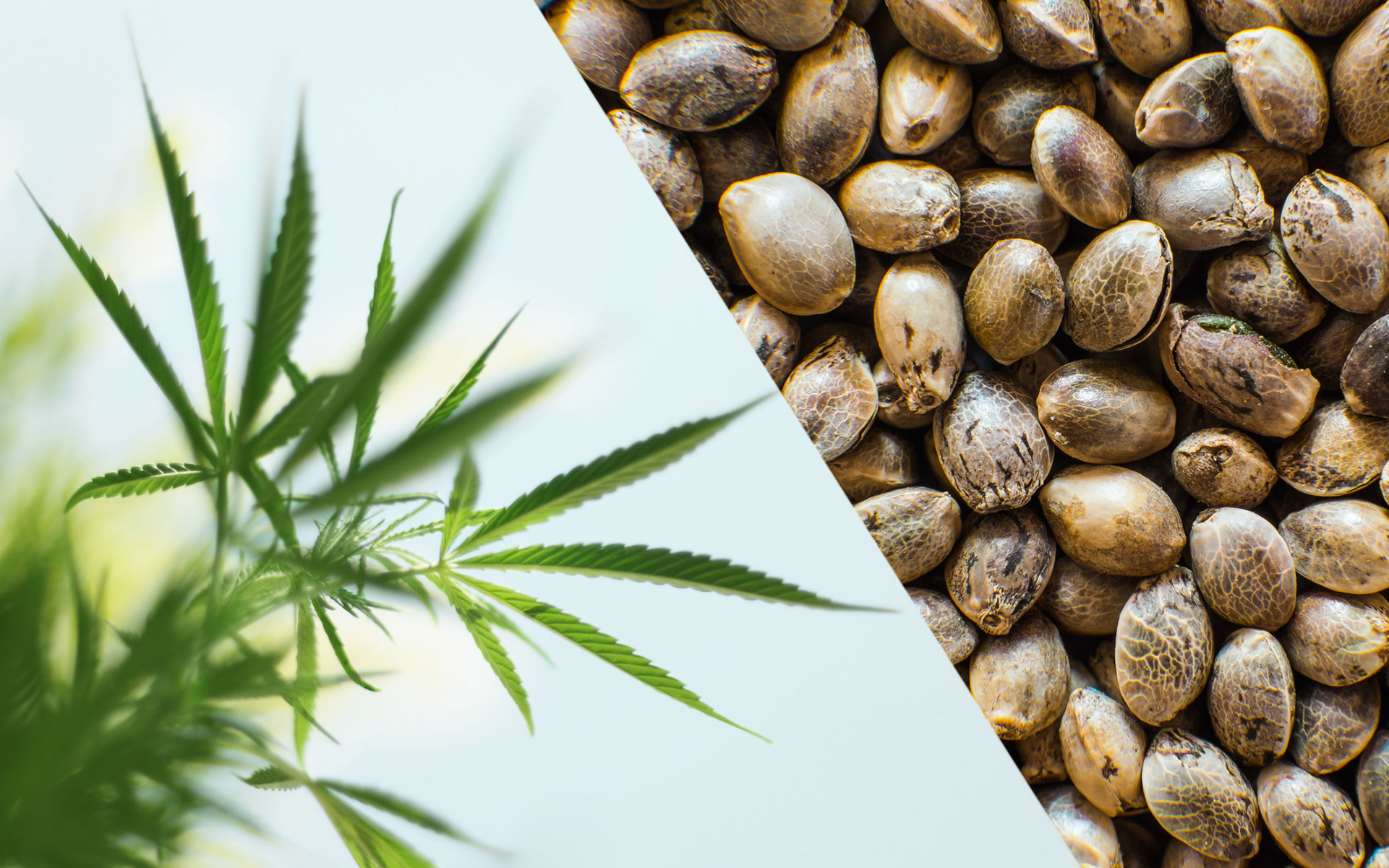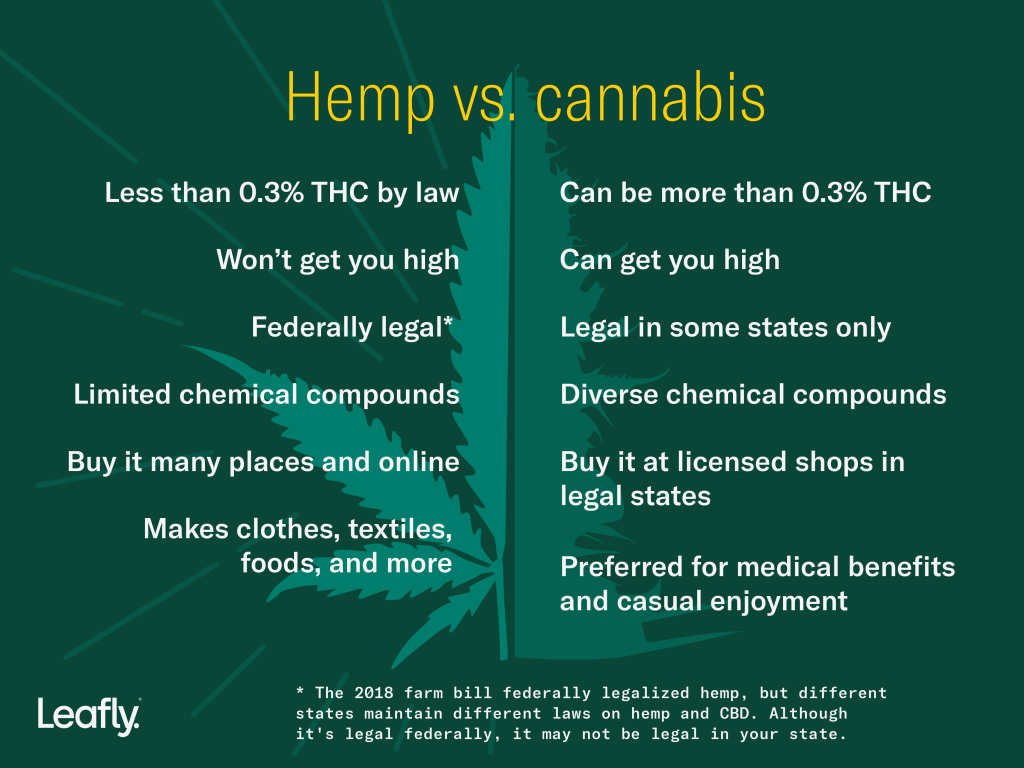SPONSOR: NORTHBUD (NBUD:CSE) Sustainable low cost, high quality cannabinoid production and procurement focusing on both bio-pharmaceutical development and Cannabinoid Infused Products. Learn More.

Cannabis edibles preview: What to expect come mid-December

- June 2019 report by Deloitte titled “Nurturing new growth: Canada gets ready for Cannabis 2.0†estimated the size of the edible and alternative cannabis product market could be “worth more than $2.5 billion a year and generate higher profits for retailers than cannabis products that are already legal.â€
Edibles are on the way.
The 60-day Health Canada review period for cannabis edibles, extracts and topical products began counting down after the second wave of cannabis legalization across Canada came into effect Oct. 17.
With that review period set to end in mid-December, it won’t be long now before consumers can purchase and try all the new cannabis products licensed retailers are set to offer.
The Toronto Sun spoke with Sarah Gillin, COO of Etobicoke-based cannabis producer Olli Brands about what they have in store for customers.
“Olli is planning on launching with a strawberry real fruit chew, a butter cookie, a hemp crunch chocolate and five specialty tea blends — melo green, vanilla black, misty mint, sweet chamomile and my personal favourite, the berry bliss,†Gillin said, adding, “They will be offered in a variety of dosing options with CBD being featured prominently in almost all of them.â€

This combo photo (top) shows Olli brands Butter Cookie edible and (bottom) their Misty Mint cannabis tea. Supplied
Gillin explained Olli partnered with Adrian Niman, a Michelin trained executive chef from The Food Dudes, to help develop and hand prepare the company’s edible products.
Olli will also be providing specialty cannabis teas. Gillin says Richard Guzauskas, Olli’s in-house “tea sommelier,†helps to internationally source the ingredients.
The “Sweet Chamomile Herbal Tea†is described on Olli’s website as a “Sweet and relaxing with an apple-honey aroma, this blend will lull you into calm.â€

Canopy Growth Edibles and Beverages ‘Sneak Peek’ Tastings and Tours Beverages. Supplied photo jpg
Canopy Growth’s Tweed Inc. unveiled its line of 13 expected cannabis-infused beverages in late October. The low dosage “distilled cannabis†beverages are geared towards being consumed as a social beverage — with 10 designed to provide you with 2.5 mg of THC (Health Canada permits 10 mg per package).
Aurora Cannabis Inc., a Canadian owned licensed producer of medical and consumer cannabis gave eager edible consumers a sneak peek at a line of vapes they are working on last month as well.
They will come in three formats: a disposable vape pen, premium vape pen pods, and a pen with a universal cartridge system equipped with a rechargeable battery. They will be available for purchase on both the medical and consumer cannabis markets.
It’s worth noting, however, the U.S. Center for Disease Control identified vitamin E acetate as a “chemical of concern†among e-cigarette and vape users.
As of Nov. 20, 2019, the CDC stated there have been “2,290 cases of e-cigarette, or vaping product use†associated with lung injuries. The CDC recommends “people should not use THC-containing e-cigarette or vaping products, particularly from informal sources like friends, or family, or in-person or online dealers.â€
Meanwhile, a June 2019 report by Deloitte titled “Nurturing new growth: Canada gets ready for Cannabis 2.0†estimated the size of the edible and alternative cannabis product market could be “worth more than $2.5 billion a year and generate higher profits for retailers than cannabis products that are already legal.â€
“The edibles market alone is estimated to be worth at least $1.6 billion a year in Canada, with cannabis-infused beverages adding a further $529 million,†said Jennifer Lee, a partner and Deloitte Canada’s Cannabis National Leader.
Given the estimated size of the market, “It was not an easy choice,†Gillin said of choosing which edibles and alternative cannabis products to produce.
The review period has generally been frustrating for consumers.
Gillin said the 60 days has been “inconvenient†but also “necessary†to ensure †the safety of consumers.â€
Cannabis edibles will be available in mid-December. Chocolate Hemp Crunch, left, and Olli brands Strawberry Fruit Chews are two such products you will be able to get your hands on. Supplied
Source: https://torontosun.com/news/provincial/cannabis-edibles-preview-what-to-expect-come-mid-december














